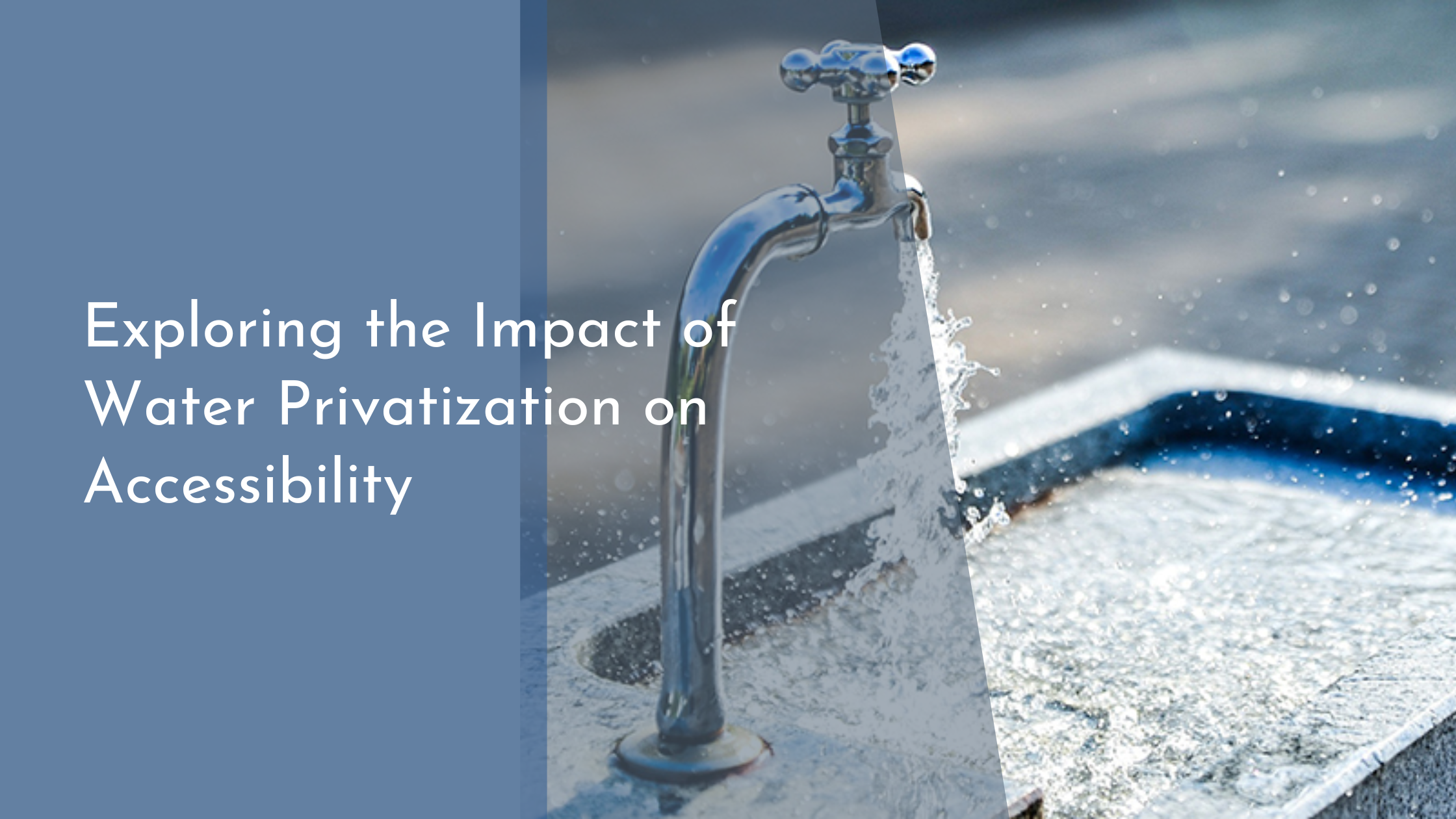Exploring the Impact of Water Privatization on Accessibility
Exploring the Impact of Water Privatization on Accessibility
Access to clean and safe water is a fundamental human right and a cornerstone of public health. Yet, as the demand for water continues to rise globally, the debate over water privatization gains momentum. This article delves into the intricate dynamics of water privatization and its impact on accessibility, providing a detailed look under different lenses to understand this significant issue.
Understanding Water Privatization Basics
Water privatization refers to the process of transferring the management and ownership of water services from the public sector to private entities. This shift can occur through various models, including full privatization, public-private partnerships, or management contracts. The primary goal often cited for privatization is to improve efficiency, service quality, and infrastructure through private sector investment and expertise. Proponents argue that privatization can lead to cost savings and technological innovation, ultimately benefiting consumers.
However, the concept of water as a commodity raises concerns about equity and access. Critics of water privatization argue that prioritizing profit can lead to increased costs for consumers and reduced access for low-income populations. The fundamental question remains: should water, a vital necessity for life, be subject to market forces? This debate lies at the heart of discussions on how best to manage water resources for the present and future generations.
Historical Context and Global Trends
Water privatization gained traction in the late 20th century, particularly in regions facing financial constraints and struggling with inefficient public water systems. Countries like the UK, France, and parts of Latin America adopted privatization strategies as a means to address these challenges. In many cases, international financial institutions such as the World Bank and the International Monetary Fund have advocated for privatization as part of broader economic reform packages.
Globally, the trend of water privatization has seen mixed results. In some instances, privatization has led to improved service quality and infrastructure development, as seen in parts of Europe. However, in other regions, such as parts of Africa and Latin America, privatization has been met with significant opposition and has often failed to deliver the promised improvements. These varied outcomes illustrate the complexity of applying a one-size-fits-all approach to water management.
Effects on Water Accessibility and Quality
The impact of water privatization on accessibility largely depends on the local context and the regulatory framework in place. In areas with strong governance and regulation, privatization can increase efficiency and provide better service delivery. However, in regions where regulatory oversight is weak, there is a risk that private companies may prioritize profits over public welfare, leading to higher water tariffs and reduced access for vulnerable populations.
Quality is another critical factor influenced by privatization. While some privatized systems have seen improvements in water quality due to investments in infrastructure and technology, others have faced significant challenges. For instance, reports of water contamination and inadequate maintenance have surfaced in certain privatized systems, raising questions about accountability and long-term sustainability. These issues highlight the importance of balancing private sector involvement with robust public oversight to ensure access and quality are maintained.
Conclusion: A Path Toward Equitable Solutions
Finding a path toward equitable solutions in water management involves learning from both the successes and failures of past privatization efforts. Governments should consider a hybrid approach that combines the efficiency and innovation of the private sector with the accountability and equity of public oversight. This can be achieved through transparent public-private partnerships that include clear regulations and performance benchmarks to protect consumers’ interests.
As the global population continues to grow, the pressure on water resources will only increase. By prioritizing equitable access and sustainable management practices, societies can ensure that water remains a public good, accessible to all. The ongoing dialogue around water privatization should aim to balance efficiency with equity, safeguarding this precious resource for future generations while addressing the needs of today’s communities.


